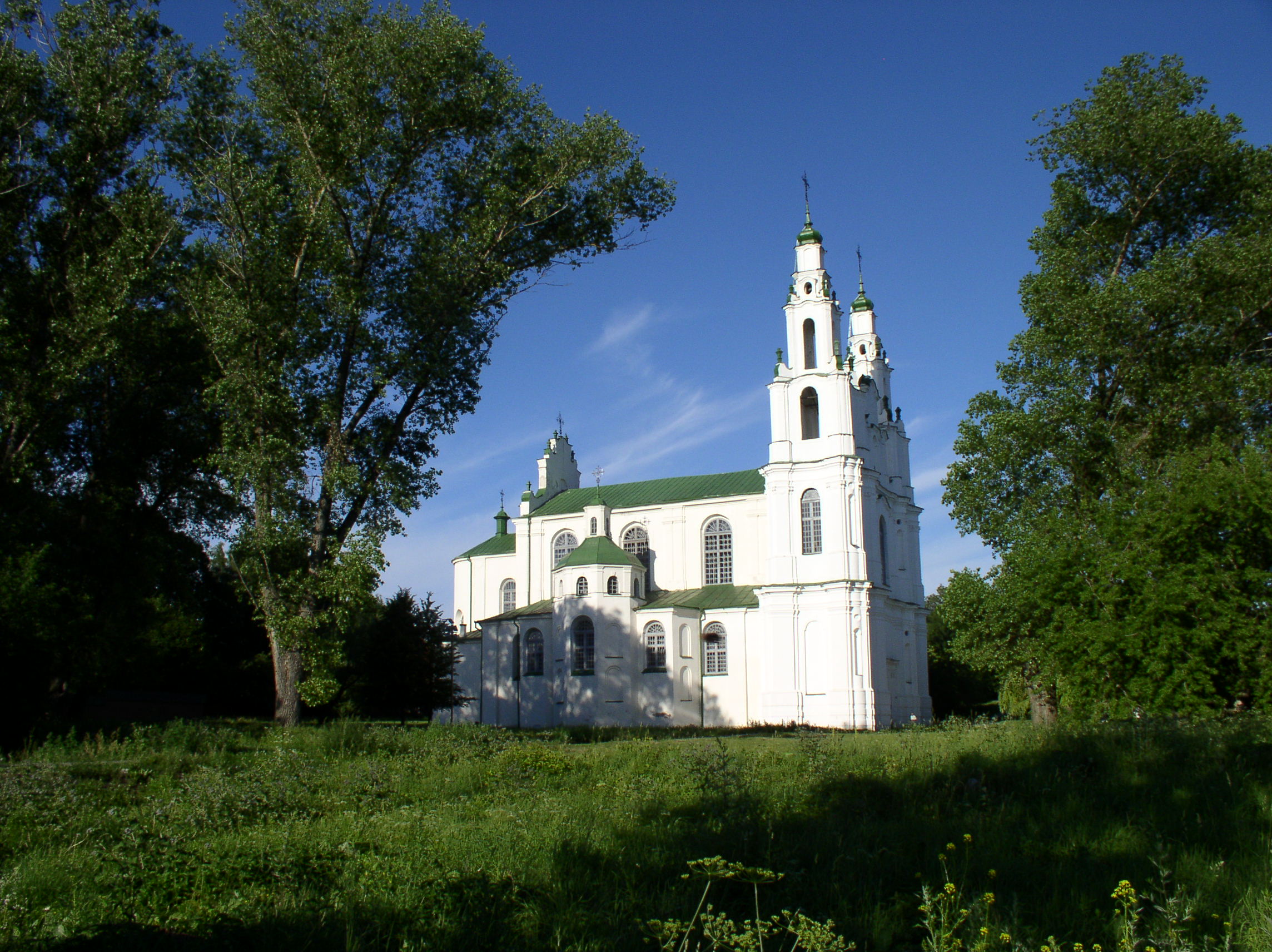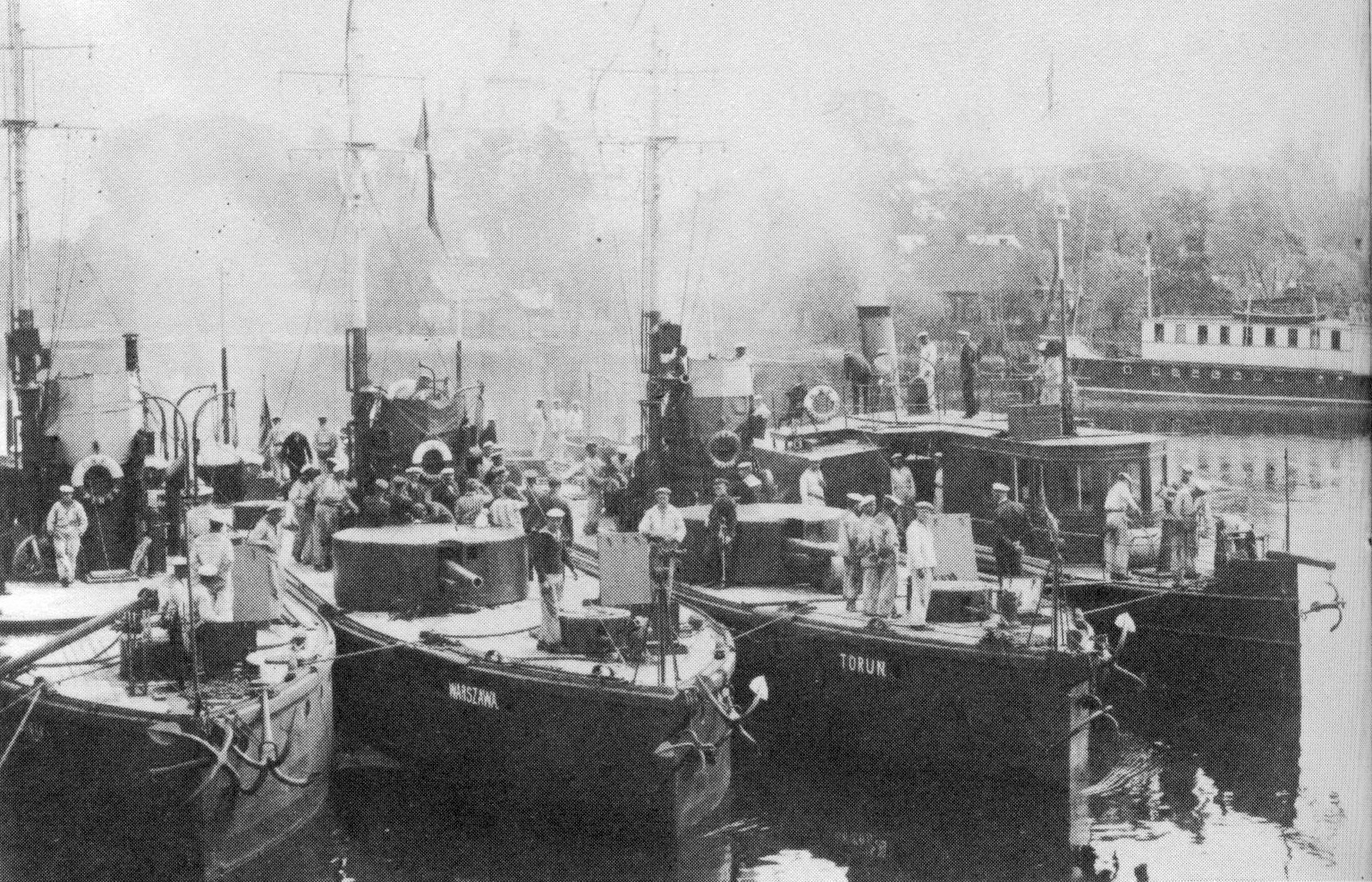|
Synod Of Zamość
The Synod of Zamość was a Ruthenian Uniate Church, Ruthenian Uniate synod held in 1720 in Zamość. It is considered a crucial event that stabilised the Uniate liturgy and organisation after this Sui iuris, Church had managed to gain the upper hand among the Eastern Christianity, Eastern Christians of the Polish-Lithuanian Commonwealth. Having brought the Uniates into line with the Council of Trent, Tridentine Catholicism, the synod remains a controversial issue, as its critics claim that it corrupted the Ruthenian Uniate traditions with too many borrowings from the Latins. Background In 1596 the Ruthenian Eastern Orthodox Church, Orthodox bishops of the Polish-Lithuanian Commonwealth accepted the terms of the Bull of Union with the Greeks, 1439 Union of Florence and concluded the so-called Union of Brest with the Holy See in Rome. In exchange for the promises of political elevation within the Commonwealth and the preservation of their Byzantine-Slavonic liturgy and organisation, ... [...More Info...] [...Related Items...] OR: [Wikipedia] [Google] [Baidu] |
Ruthenian Uniate Church
The Ruthenian Uniate Church ( Belarusian: Руская Уніяцкая Царква; Ukrainian: Руська Унійна Церква; la, Ecclesia Ruthena unita; pl, Ruski Kościół Unicki) was a particular church of the Catholic Church in the territory of the Polish–Lithuanian Commonwealth. It was created in 1595/1596 by those clergy of the Eastern Orthodox Church who subscribed to the Union of Brest. In the process, they switched their allegiances and jurisdiction from the Ecumenical Patriarchate of Constantinople to the Holy See. The formation of the church led to a high degree of confrontation among Ruthenians, such as the murder of the hierarch Josaphat Kuntsevych in 1623. Opponents of the union called church members "Uniates" although Catholic documents no longer use the term due to its perceived negative overtones. Development Following the partition of the Polish–Lithuanian Commonwealth (1772–1795), the various successor authorities treated the Uniates diff ... [...More Info...] [...Related Items...] OR: [Wikipedia] [Google] [Baidu] |
Pope Clement XI
Pope Clement XI ( la, Clemens XI; it, Clemente XI; 23 July 1649 – 19 March 1721), born Giovanni Francesco Albani, was head of the Catholic Church and ruler of the Papal States from 23 November 1700 to his death in March 1721. Clement XI was a patron of the arts and of science. He was also a great benefactor of the Vatican Library; his interest in archaeology is credited with saving much of Rome's antiquity. He authorized expeditions which succeeded in rediscovering various ancient Christian writings and authorized excavations of the Roman catacombs. Biography Early life Giovanni Francesco Albani was born in 1649 in Urbino to the Albani family, a distinguished family of Albanian origin in central Italy. His mother Elena Mosca (1630-1698) was a high-standing Italian of bergamasque origin, descended from the noble Mosca family of Pesaro. His father Carlo Albani (1623-1684) was a patrician. His mother descended in part from the Staccoli family, who were patricians of Urbino, ... [...More Info...] [...Related Items...] OR: [Wikipedia] [Google] [Baidu] |
Ruthenian Catholic Archeparchy Of Smolensk
The Ruthenian Catholic Archeparchy of Smolensk ( la, Dioecesis Smolenscensis Ruthenorum, pl, Arcybiskupstwo smoleńskie) is a former eparchy (Eastern Catholic diocese) of the Ruthenian Uniate Church (using a Byzantine Rite) (1625-1778) in part of Polish–Lithuanian Commonwealth facing annexation by the Czarist Russian Empire, with episcopal see in Smolensk, now in Smolensk Oblast, Russia. Among other of its names there could be Ruthenian Catholic Archdiocese of Smolensk or Smoleńsk of the Ruthenians. History It was established in 1625 on Polish–Lithuanian Commonwealth territory, previously without proper Ruthenian Catholic jurisdiction. Earlier in 1611 there was established Roman Catholic diocese of Smolensk. It was suppressed in 1778, without a successor jurisdiction, at its last incumbent's death. Episcopal ordinaries ;'' Eparchs (Archbishops) of Smolensk * Leo Kreuza-Revuskyj = Lev Revuckyj Krevza, a Vilnius Archmandrite (1625 – death 1639) * Andrej Kvasninskyj-Zlotyj ... [...More Info...] [...Related Items...] OR: [Wikipedia] [Google] [Baidu] |
Ukrainian Catholic Eparchy Of Chełm–Belz
The Ukrainian Catholic Eparchy of Chełm–Bełz (or Chełm–Bełz of the Ukrainians ) was an eparchy of first the Ruthenian Uniate Church and later the Ukrainian Greek Catholic Church within the Catholic Church, with territory in part of Poland from 1596 till 1875. Its cathedral, the now Latin Basilica of the Birth of the Virgin Mary, is still found in the former episcopal see of Chełm. It was forcibly suppressed in favor of Eastern Orthodoxy by the Russian Empire in May 1875 in the Conversion of Chełm Eparchy. History * Established in 1596 as Diocese of Chełm–Bełz/Chelmen(sis) et Belthien(sis) Rutenorum (Latin), on Polish (or Imperial Russian) territory not previously served by the particular church. * Suppressed by the Russian Empire on 18 March 1875 without successor. Episcopal ordinaries ;''Suffragan eparchs of Chełm–Bełz * Dionysius (Zbyruyskyy) (1596 – 1603) * Arseniusz Joann (1604 – 1619) * Atanazy Pakosta (1619 – death 1625?) * Teodor Mieleszko ... [...More Info...] [...Related Items...] OR: [Wikipedia] [Google] [Baidu] |
Ruthenian Catholic Archeparchy Of Polotsk–Vitebsk
The Archeparchy of Polotsk(-Vitebsk) was a suffragan eparchy of the Metropolis of Kiev, Galicia and all Ruthenia in the Ruthenian Uniate Church from 1596 to 1839. It was situated in the Polish–Lithuanian Commonwealth. The cathedral of the archeparchy was Saint Sophia Cathedral in the city of Polotsk. History Previously an Eastern Orthodox eparchy headed by a suffragan bishop of the Kiev Metropolitan in Vilnius, in 1596 the eparchy of Polotsk, entered in full communion with the Catholic Church as a Greek Catholic Church through the Union of Brest. The eparchy was among the first that joined the union in 1596 along with eparchies of Kiev, Pinsk, Lutsk, Volodymyr and Kholm. Due to the Union of Brest, Belarus, the former Orthodox Church became known as the Ruthenian Uniate Church. To the archeparchy of Polotsk were later added the territories of the eparchy of Mstislav (also of 13th-century origin) and the 10th-century eparchies of Orsha and Vitebsk. Due to its proximity to V ... [...More Info...] [...Related Items...] OR: [Wikipedia] [Google] [Baidu] |
Florian Hrebnicki
Florian Hrebnicki (born as Franciszek Hrebnicki; pl, link=no, Florian Hrebnicki; 1683 – 18 July 1762) was the " Metropolitan of Kiev, Galicia and all Ruthenia" On 14 March 1716 Hrebnicki was ordained by Primate of the Uniate church Leo Kiszka as a archbishop of Polock. On 16 December 1748 he was confirmed as the Metropolitan bishop of Kiev, Galicia, and all Ruthenia. He consecrated following bishops Maksymilian Rylo and Theodosius Godebski. Hrebnicki died in 1762 at a residence of the Polotsk Archbishops that he built in village of Strunie (today in Polotsk District Polotsk District is a second-level administrative subdivision (raion) of Belarus in the Vitebsk Region Vitebsk Region or Vitebsk Oblast or Viciebsk Voblasts ( be, Ві́цебская во́бласць, ''Viciebskaja voblasć'', ; rus, Ви́т ...). Notes References * Florian Hrebnicki' at the ''catholic-hierarchy.org'' * Sas, P. Florian Hrebnicki (ГРЕБНИЦЬКИЙ ФЛОРІЯН МИХАЙЛО ... [...More Info...] [...Related Items...] OR: [Wikipedia] [Google] [Baidu] |
Pinsk
Pinsk ( be, Пі́нск; russian: Пи́нск ; Polish: Pińsk; ) is a city located in the Brest Region of Belarus, in the Polesia region, at the confluence of the Pina River and the Pripyat River. The region was known as the Marsh of Pinsk and is southwest of Minsk. The population is 138,415. The historic city has a restored city centre, with two-storey buildings from the 19th and early 20th centuries. The centre has become an active place for youths of all ages with summer theme parks and a new association football stadium, which houses the city's football club, FC Volna Pinsk. History Timeline up to WWI *In the 9th and 10th centuries, the town of Pinsk was majority Lithuanian *1097 – the first mention of Pinsk * 1241 – transfer of the Orthodox diocese from Turov * 1316 – after this date, Pinsk was incorporated into the Grand Duchy of Lithuania * 1396 – a Catholic church and a Franciscan monastery were erected * 1523 – Pinsk becomes a royal city, first owned by ... [...More Info...] [...Related Items...] OR: [Wikipedia] [Google] [Baidu] |
Girolamo Grimaldi (1674–1733)
Girolamo Grimaldi (1674 – 18 November 1733) was a cardinal who worked in the diplomatic service of the Holy See and in the government of the Papal States. Life and death Baptized in Genoa on 15 November 1674, Grimaldi graduated from the University of Avignon on 26 June 1705 with a law degree. Four years later, he was ordained as a Roman Catholic priest, on 7 April 1709, and was appointed Internuncio to Brussels. On 5 October 1712 he was appointed titular Archbishop of Edessa in Osrhoëne and sent as Nuncio to Poland. In 1720 he became Nuncio to Austria Ten years later, he was created a cardinal in the consistory of 2 October 1730 and appointed the papal legate for Bologna. In the following year 1731 he became Legate for the duchies of Parma and Piacenza. In 1733, while travelling by sea from Naples to Genoa, he became ill. He was taken ashore at Ischia Ischia ( , , ) is a volcanic island in the Tyrrhenian Sea. It lies at the northern end of the Gulf of Naples, abo ... [...More Info...] [...Related Items...] OR: [Wikipedia] [Google] [Baidu] |


